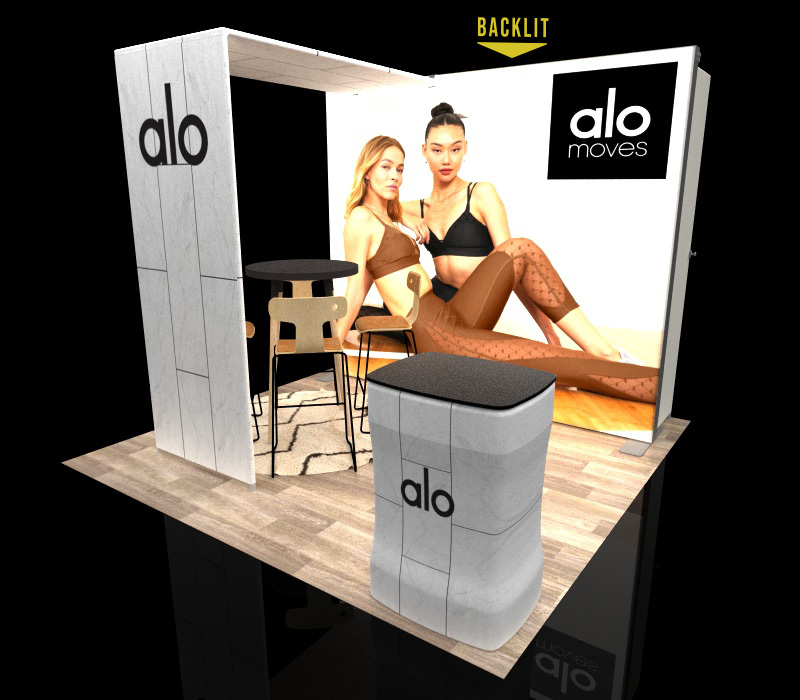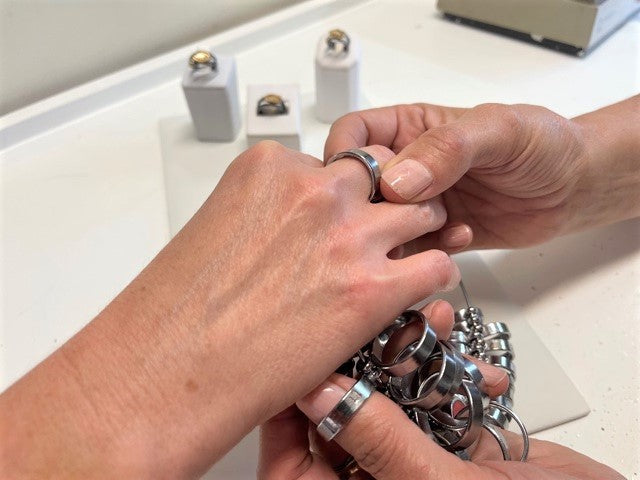If you’re planning to exhibit at a trade show, the success of your booth is crucial to stand out in the crowd and attract potential clients. With hundreds of exhibitors vying for attention, your trade show booth needs to be eye-catching, engaging, and memorable. In this comprehensive guide, we’ll take you through all the essential elements of a successful trade show booth.
What are trade show booths?
Trade show booths are physical displays set up businesses at trade shows to showcase their products, services, and brand. They can range from simple pop-up banners to elaborate custom-built structures. The goal of a trade show booth is to attract attention, engage with potential clients, and ultimately generate leads and sales.
Benefits of exhibiting at a trade show
Exhibiting at a trade show can provide several benefits for businesses, including:
- Increased visibility and brand exposure
- Access to a targeted audience of potential clients
- Opportunities for networking and partnerships
- A platform to launch new products or services
- Insights into industry trends and competitors
Setting goals for your trade show booth
Before you start planning your trade show booth, it’s essential to set clear goals for what you want to achieve. These goals should be specific, measurable, achievable, relevant, and time-bound (SMART). Examples of SMART goals for a trade show booth include:
- Generate 100 leads
- Increase brand awareness 50%
- Launch a new product and collect 50 feedback forms
- Schedule 10 follow-up meetings with potential clients
Choosing the right location and booth size
The location and size of your trade show booth can significantly impact its success. Choosing a prime location near high-traffic areas or in a prominent position can increase visibility. The size of your booth should also be appropriate for your goals, budget, and staff capacity.
Designing an effective trade show booth
Designing an effective trade show booth requires a careful balance of brand messaging, visual elements, and interactive components. Your booth design should align with your branding and attract attention while also providing opportunities for engagement and lead generation.
Preparing for the trade show
Preparing for a trade show involves several critical tasks, including staffing your booth, training your team, and promoting your presence to potential attendees. It’s also essential to have a clear plan for following up with leads after the trade show.
During the trade show
During the trade show, your team’s behavior and engagement with potential clients can significantly impact your booth’s success. It’s crucial to maintain professional booth etiquette, engage with attendees in a friendly and approachable manner, and collect leads for follow-up.
Measuring success and ROI
Measuring the success of your trade show booth requires post-show evaluation and analysis. You can use metrics such as lead generation, brand awareness, and ROI to determine the effectiveness of your booth and identify areas for improvement. It’s also crucial to calculate the ROI of your trade show booth comparing the costs of exhibiting to the revenue generated from leads and sales.
Trade show booth mistakes to avoid
Several common mistakes can detract from the success of your trade show booth, including:
- Poor booth design or branding
- Lack of preparation or training for your team
- Failure to follow up with leads after the show
- Ineffective engagement with potential clients
- Choosing the wrong location or booth size
- Overreliance on giveaways or gimmicks
Trade show booth FAQs
- How far in advance should I plan my trade show booth? It’s recommended to start planning your trade show booth at least six months in advance to allow ample time for design, preparation, and promotion.
- How much should I budget for a trade show booth? Trade show booth costs can vary significantly depending on the size, location, and design of your booth. It’s essential to set a realistic budget based on your goals and expected ROI.
- What should I include in my trade show booth design? Your trade show booth design should include visual elements such as banners, graphics, and signage that align with your branding. You should also consider interactive elements such as product demos or virtual reality experiences.
- How can I attract attendees to my trade show booth? You can attract attendees to your trade show booth using eye-catching visuals, interactive displays, and targeted promotions. It’s also crucial to have an engaging and knowledgeable team to attract and retain attendees.
- What should I do with leads collected at the trade show? After the trade show, it’s essential to follow up with leads promptly and efficiently. You can use email or phone outreach to schedule follow-up meetings or provide additional information about your products or services.
Conclusion
Exhibiting at a trade show can provide significant opportunities for businesses to increase visibility, generate leads, and network with potential clients. By following the essential elements of a successful trade show booth outlined in this guide, businesses can maximize their ROI and achieve their trade show goals. Remember to plan ahead, design an effective booth, prepare and train your team, and follow up with leads after the show.



